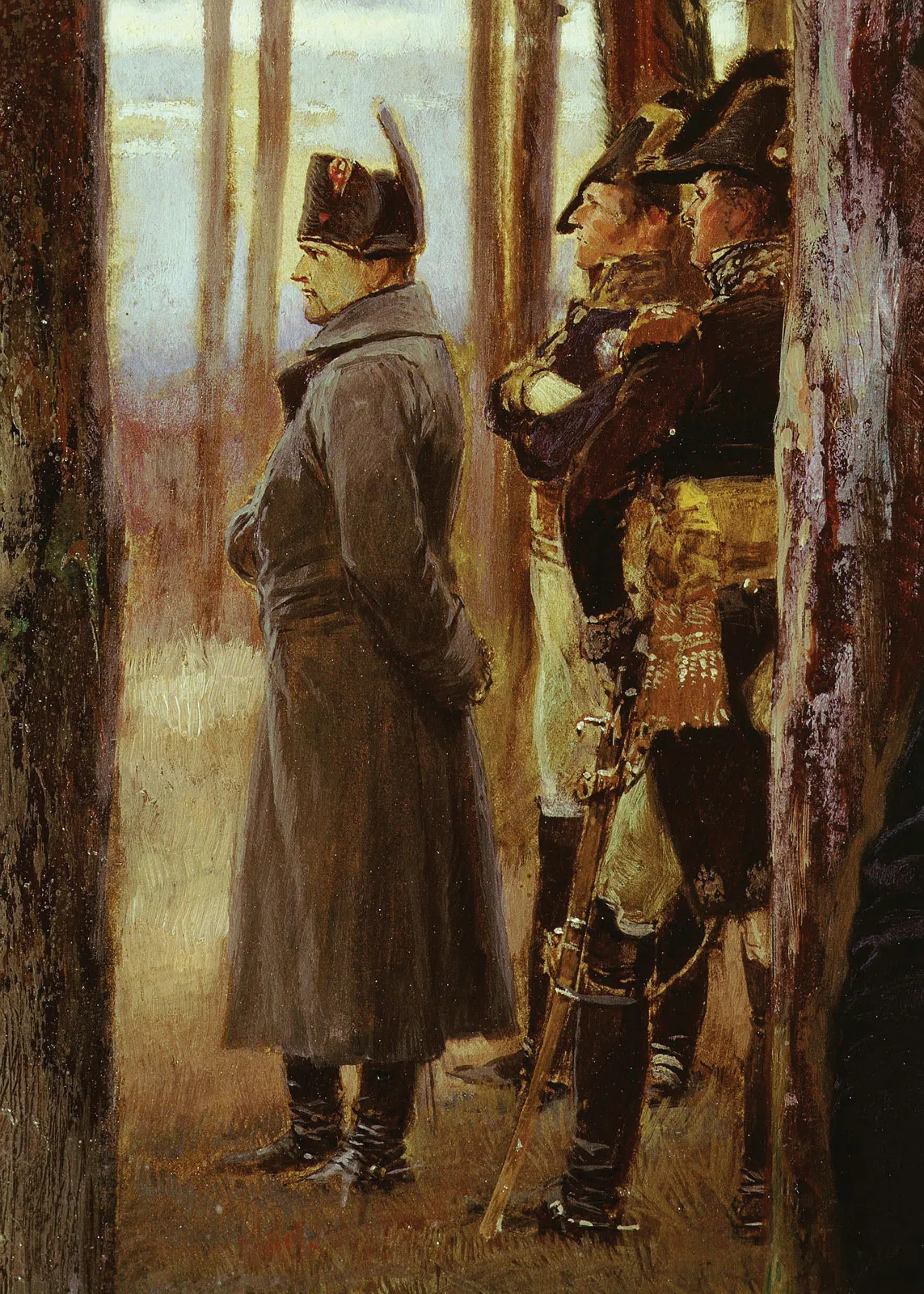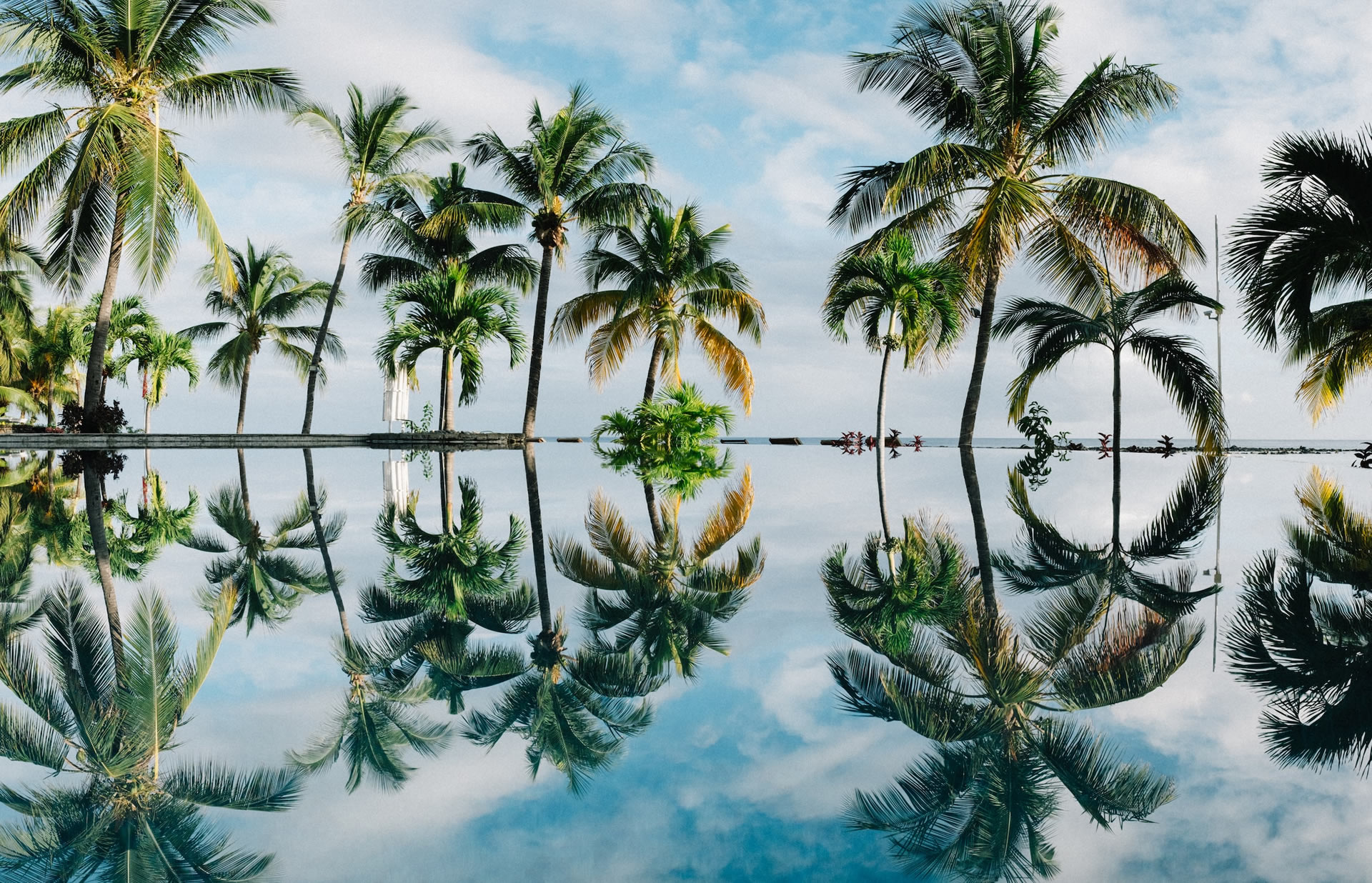
Mauritius
Republic of Mauritius is an island nation in the Indian Ocean, 2000 kilometers from the east coast of the African continent.
A result of volcanic activity some 8 million years ago, this geological marvel is home to 150 kilometers of white beaches, a broken ring of mountain ranges raising as high as 800 meters and streams and rivers that speckle the islands. Within it lives some of the world’s rarest plants animals.
A holiday in Mauritius can be a wonderfully varied experienced and offers endless opportunity to explore its natural beauty as well as to enjoy the famous beaches.
Highlights of Mauritius
Airport: SSR International Airport | Time Zone: GMT +4hours | Dialing Code: +230
Currency
Mauritian Rupees (MUR) – International currencies like EURO and USD are accepted as well as credit cards.
Language
English is the official language while Creole is the native language and widely spoken. French/Hindi/Chinese/Urdu are also commonly heard.
Climate / Best time to visit
Being a tropical island, Mauritius bears a good climate throughout the year mostly. Winter on the island is from May to September with temperatures nearing around 22-25C. Rest of the year is summer with warmer temperature rising up to 32C-34C. December to March is when the island is at its hottest and most humid with higher chance of rain across the island.
Cuisine
A fusion of local and international cuisine is available throughout the island. Seafood is a must- Chinese, Arabic, Moroccan, French, Indian cuisines are famous along with local dishes. Mouth-watering local street food is available everywhere.
History of Mauritius
Arabs were the first to discover the island in the 9th century, naming it Dina Arabi.
But they didn’t settle.
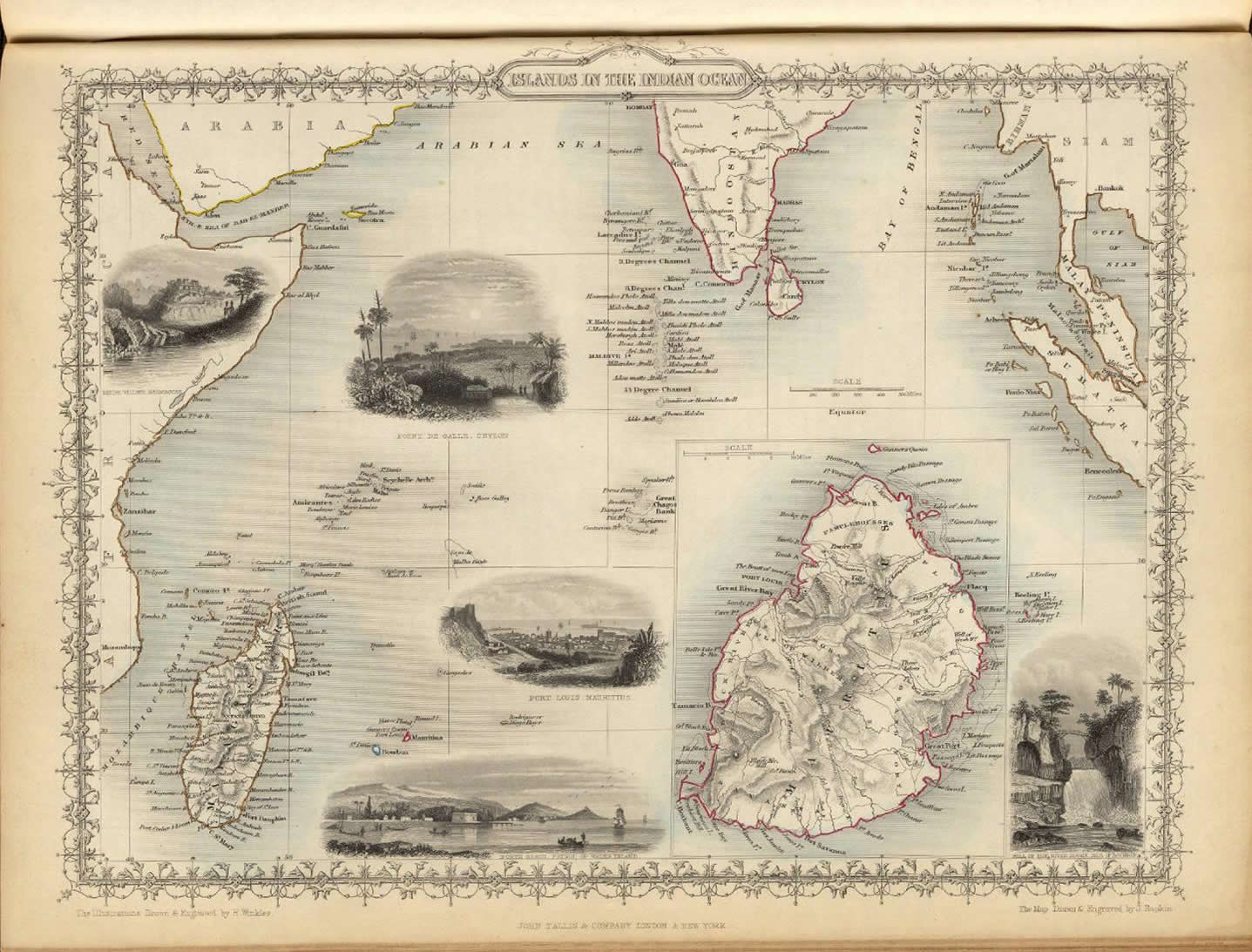
The Portuguese passed by too, leaving it to the Dutch to start a full settlement in 1638.
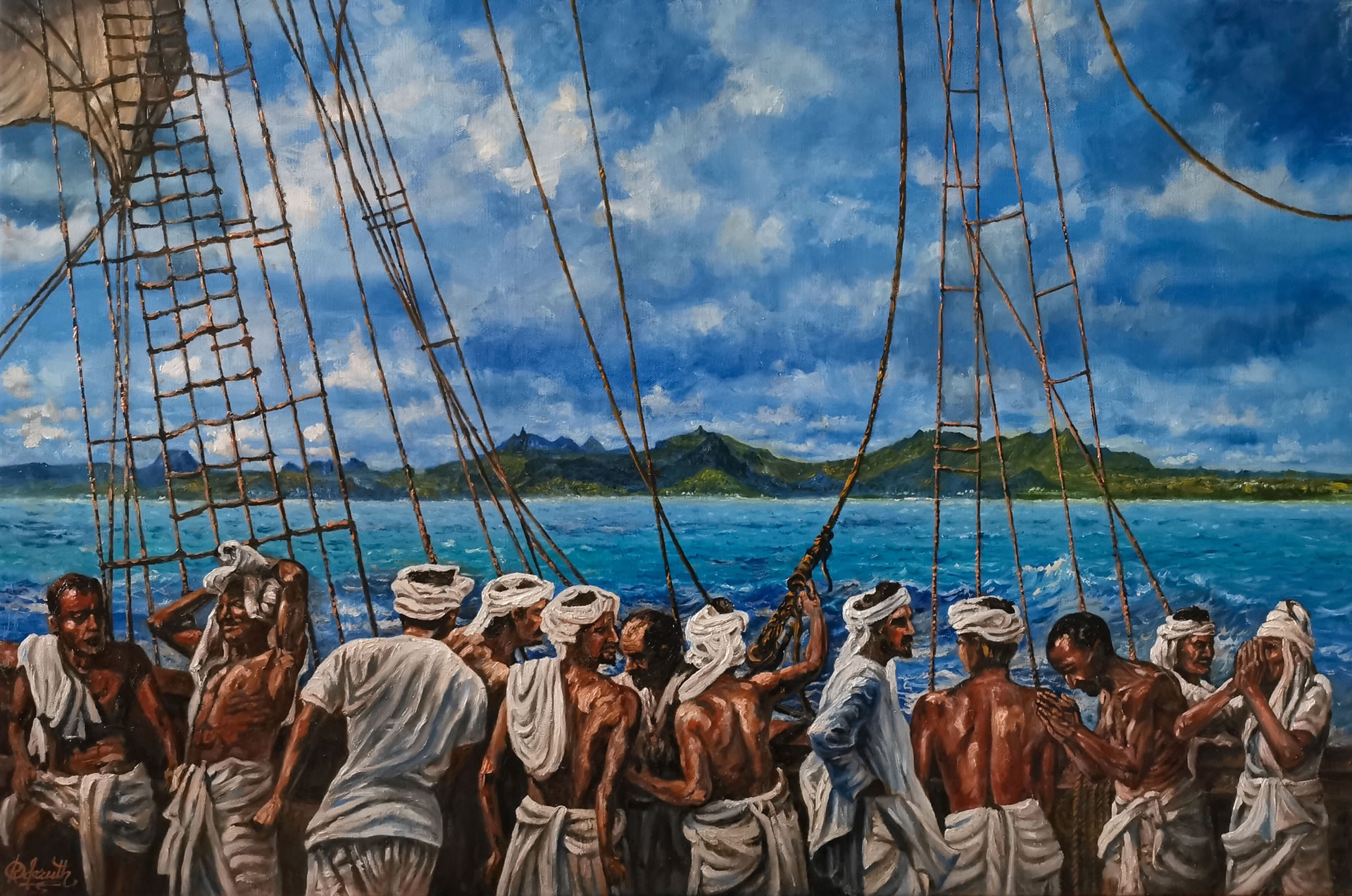
They named it after Prince Maurice van Nassau, and started exporting its Ebony wood, introducing sugar cane plants from Java and killing swathes of dodo and giant tortoise for food. Survival was tough and the Dutch finally gave up in 1710.
Five years later, the French arrived and infrastructure developed considerably.
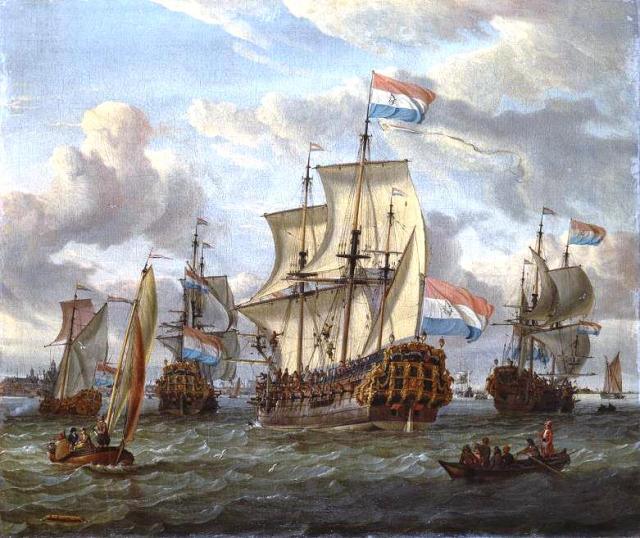
But they lost the island to the British in the Napoleonic Wars.
The 1814 Treaty of Paris ratified the cession of Mauritius to the British.
